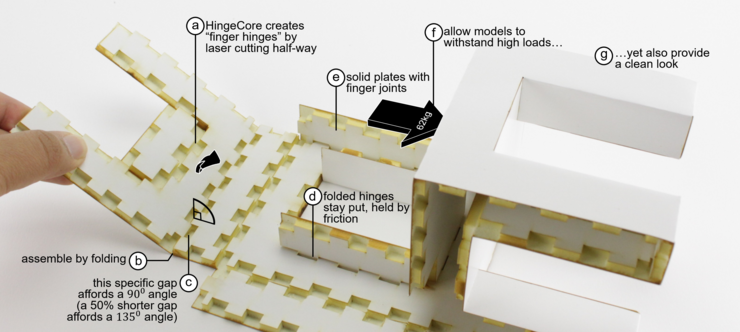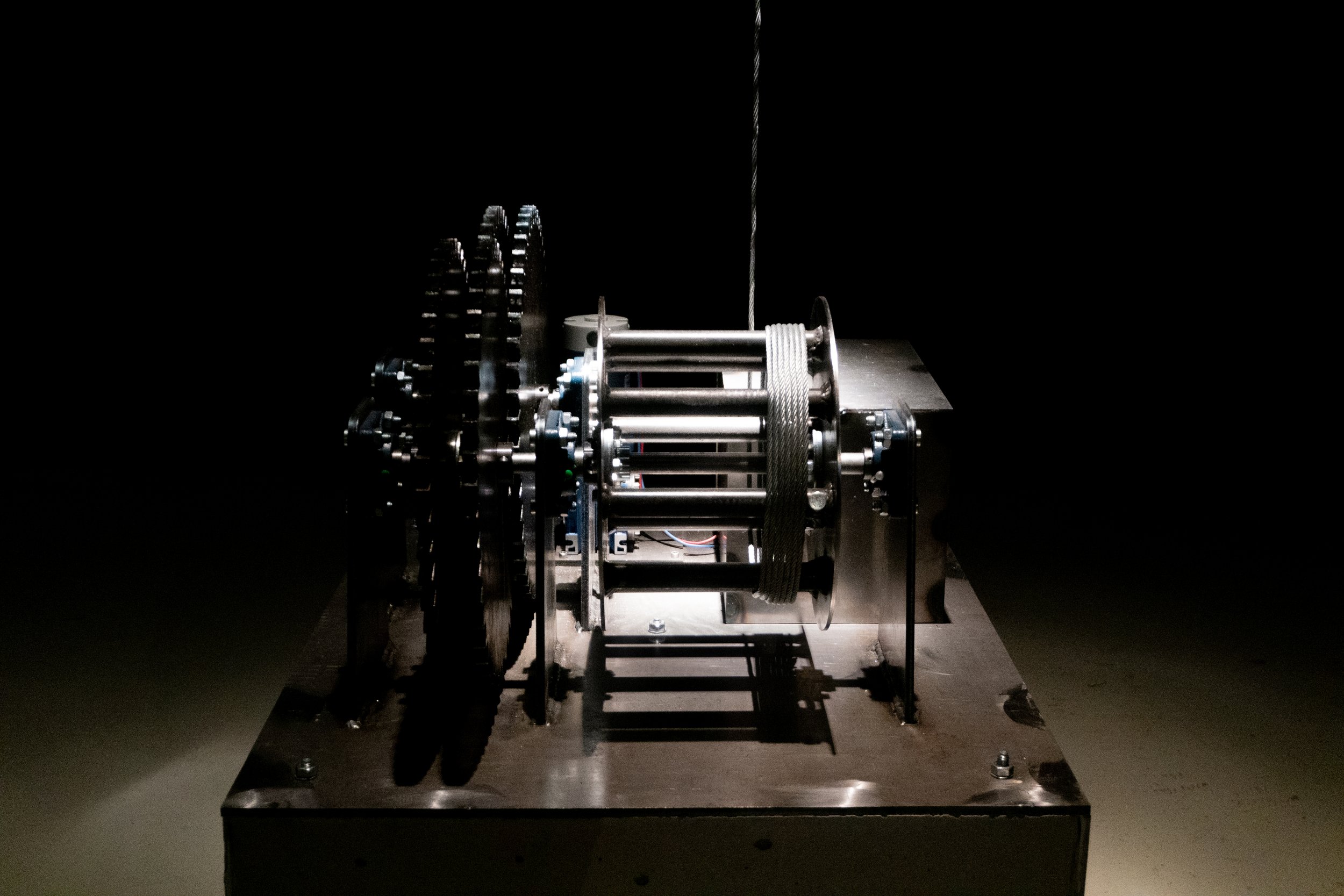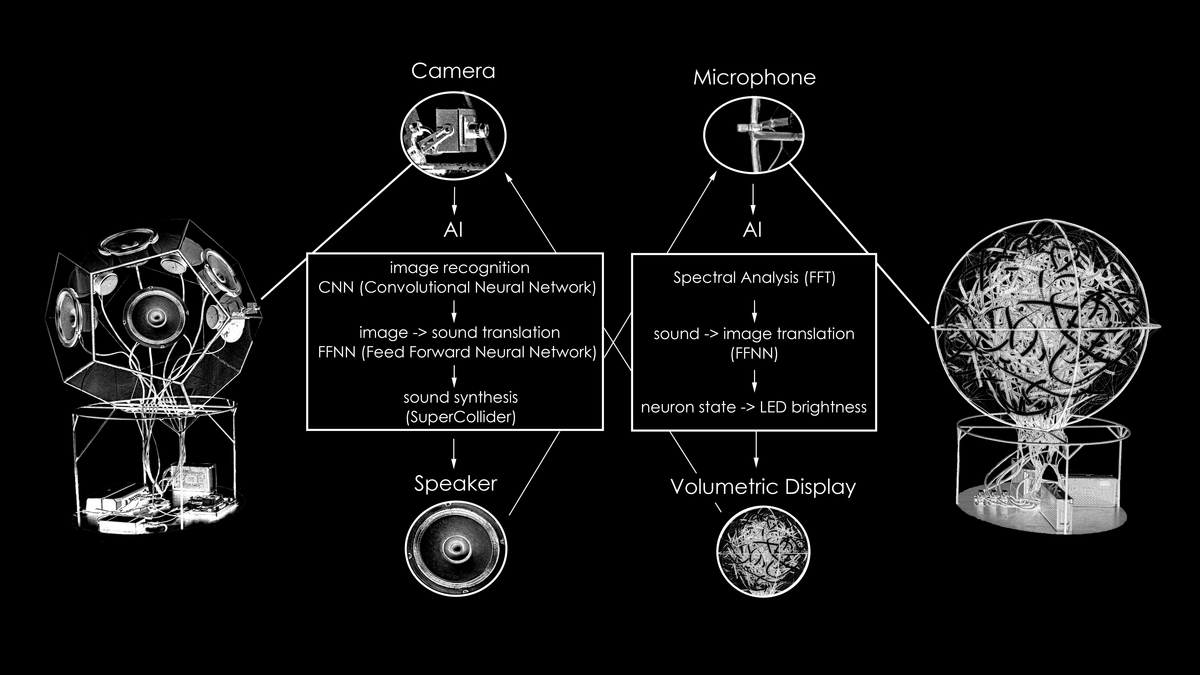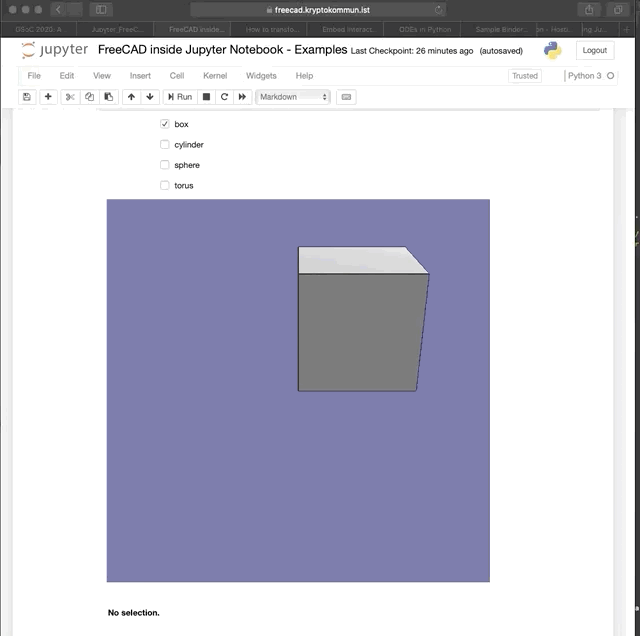HingeCoreMaker
HingeCoreMaker
Laser-Cut Foamcore for Fast Assembly

Overview
HingeCore introduces a novel laser-cutting approach utilizing foamcore to create 3D structures with finger hinges for fast and glue-free assembly. This method supports the creation of robust, aesthetic, and functional models, ranging from furniture to art objects. HingeCoreMaker is the accompanying software tool, seamlessly integrating with 3D modeling platforms to automate the conversion of 3D designs into 2D laser-cutting layouts, optimizing for precision and efficiency. ...read moreDoes it make you feel more alive – A personal framework for approximatively evaluating ethics of technology as a user as well as technologist
I subscribe to the notion that ethics is entirely rational and maps to game theory. Ethics is about the principled resolution of conflicts of interest between autonomous agents under conditions of shared purpose when playing long games. [1] With this in mind, it is crucial to model incentives and their consequences for systems to evaluate ethics. On the most general level, we can take the goal of avoiding suffering as the shared purpose of all humans on earth. Additionally, maintaining the global civilization might be another high-level goal. Technologists with the ability to create and change technological systems should do so ethically by considering these goals and projecting the impact of the system they create into the distant future. Making this difficult, the complexity of networks of human and non-human entities interacting through technology on a global scale has become overwhelming. Additionally, technology changes at such a fast pace that national and global elites cannot anticipate its full impact anymore, leading to increasing randomness in societies trajectories without anyone being able to formulate and implement a coherent plan projecting them into the future. Therefore it is even more critical that technologists evaluate the ethics and impacts of their actions, especially given the enormous leverage that computer technology offers.
...read moreclock
clock
hardware and software design collaboration

Overview
The stone is moved continuously, requiring 12 hours to travel from the ceiling at noon to just above the floor at midnight. Illustrating time, with time. I was fully responsible for the programming (C++) and ensuring the correct timing of the clock mechanism as well as developing the electronic hardware. Calibrating the stone was particularly tricky because the motor had a drift which needed to be measured and accounted for precisely. The artist is Benjamin Langholz. ...read moreSpeculativeAI Series
SpeculativeAI Series
Audiovisual Neural Network Experiments

Overview
The SpeculativeAI series consists of aesthetic experiments aimed at making the processes of artificial neural networks perceptible to visitors through audiovisual translation. The latest work questions an AI’s capacity for empathy and purpose while communicating with another AI. Conceptually supported by the Center for Artificial Intelligence (University of Oviedo), two independent AI systems were set up to communicate using an invented language of audiovisual associations. ...read moreFreeCAD Jupyter Integration
FreeCAD Jupyter Integration
Google Summer of Code 2020

Interactive demo showing real-time manipulation of FreeCAD objects within Jupyter, including face and edge index visualization crucial for notebook-based scripting.
Overview
The FreeCAD Jupyter Integration project enables designers and engineers to interact with FreeCAD's powerful CAD capabilities directly within Jupyter Notebooks. Originally inspired by creating a parametric lamp design, this implementation allows for real-time 3D visualization and parameter manipulation without launching the full desktop application, making CAD design more accessible and programmable. Read the full project story and technical details here ...read moreGoogle Summer of Code 2020 – Creating a FreeCAD 3D view inside Jupyter Notebooks
Accidentally while creating a lamp I ended up learning FreeCAD. FreeCAD is an amazing open source CAD program. It still amazes me that people created this for free and everyone to use. The software is still in it’s alpha version and is far from perfect as you can tell by the current release version number 0.19 and the heated discussions around how soon a 1.0 release could be reached. Still it’s usable and once you get the gist of it you can create powerful and complex designs. FreeCADs approach to CAD is a parametric design. That means that you specify shapes with parameters. This way you can change your design at any time just by tuning these parameters. For example with my lamp design the number of aluminium bars is a parameter I can simply tweak at any point in time. This gives great flexibility and allows for fast customization.
I was seeing the potential of designing a parametric lamp and creating a web page where you could change the parameters to your liking and see a live 3D rendering of the changed lamp. But after some research I saw that this does not exist for FreeCAD yet. Some coincidences later I thought I could apply for a Google Summer of Code project to get closer to realizing this idea.
...read moresubscribe via RSS